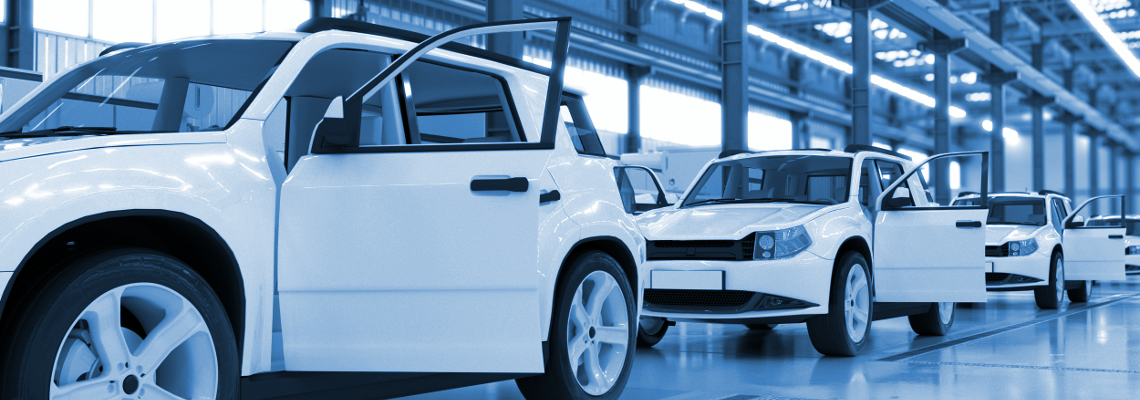Vinfast To Export Initial 5,000 EVs To Europe and the U.S.
SOUTHEAST ASIA: VIETNAM REPORT
Vinfast has announced plans to export approximately 5,000 EVs to the U.S., Canada, and Europe by the end of 2022. This is the first time for them to export EVs. The company also plans to start construction of a new EV plant in the U.S. by the end of this year, accelerating its global strategy.
According to the plan, exports to the U.S. and other countries will begin in early November, with delivery to customers starting in December. Vinfast’s CEO revealed that the company has orders for approximately 65,000 EVs worldwide.





